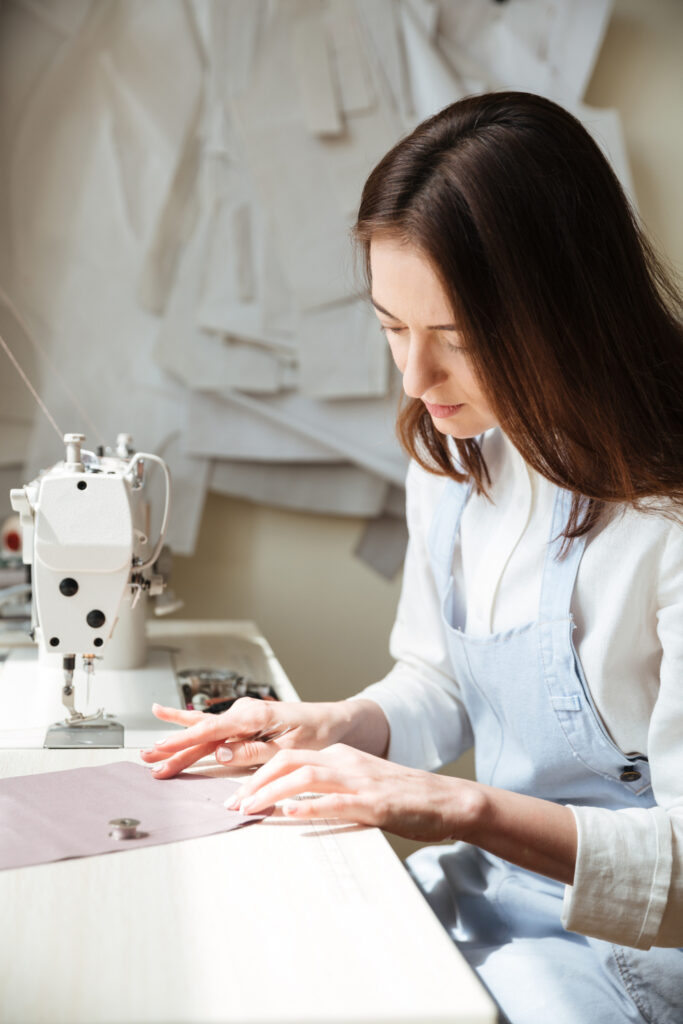coupé dans le biais ou dans le droit fil (si le tissu est fin). Le vêtement ne comporte généralement pas de parmenture et on coupe le col d’un seul ou en deux tenants.
Lapel and collar in one
A shawl collar is actually a combined lapel and collar–the under collar is cut in one with the garment front, and a center back seam joins the two halves of the collar. See One-piece pattern sets the shawl collar apart (below) for the basic shape and important components of the shawl-collar draft. These illustrations are excerpted from « The Shawl Collar Revealed, » a previous article of mine that outlines the required step-by-step construction process (this article appeared in the December 2003/January 2004 issue of Threads, #110). The shawl collar stands apart from other collars and it’s quite easy to sew, so don’t be afraid to experiment with its shape or size— you’ll be pleasantly surprised at how many amazing styles you can create from one pattern.
One-piece pattern sets the shawl collar apart
The shawl collar differs from other collars in that it is an extension of the lapel above the front neckline and beyond the shoulder, instead of a separate piece. You can see here how a patternmaker creates a shawl collar from a basic jacket pattern.
| Garment front/under collar | Front facing/upper collar | |
 |
 |
|
| Garment front/under collar (above left) Before the under collar is drafted, a break point (the place where the lapel turns back at the center front) is determined, and a line is drawn from the break point to the shoulder at the neckline. Then this line is extended beyond the shoulder for a distance equal to half the back neck measurement. From this point, the collar’s center back seam is drawn at a right angle; the length of this seam varies with the design. The shoulder seam is extended by the same amount. To create the collar’s outer edge, a line is drawn across the ends of these lines and extended in a curve (which can be any shape) to the break point. Some designs require a shoulder dart (not shown) for shaping. Front facing/upper collar (above right) |
||
 |
Shawl and notched collar compared
When a notched-collar draft is superimposed on a shawl-collar draft, several differences in the neck/shoulder area become apparent. Each style presents different shaping and neckline fit options to a trained patternmaker and it is not as easy as it looks to convert one to the other.
• The shoulder seams are slightly different in length and pitch.
• The collar portion of a notched collar is a separate piece instead of an extension of the lapel; because of this, it can be cut on an unrelated grainline (the center back of the under collar is usually on the true bias).
• The notched collar sits at a more extreme angle relative to center front.
Fred Bloebaum produces her own line of patterns (www.lafred.com) and teaches workshops and seminars across the country. #N/A

